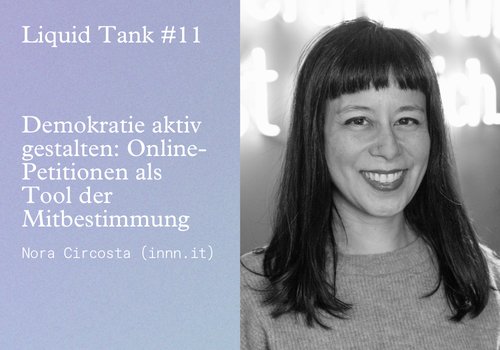Digital participation processes have many advantages. In many cases, they can be deployed and used more flexibly than their analog counterparts: participation is possible regardless of time and location, which means that more people can get involved with less logistical effort. Digital participation enables people to take part who, for various reasons, would not be able to speak at face-to-face events. And that's important, because participation projects should ideally be as diverse as the people affected by an issue. There is a great deal of knowledge, ideas and needs that are not heard, which should not actually go unheard in decision-making processes. Often, people talk about, but not with, those affected. This leads, for example, to the fact that often only those people participate who have a higher level of education and who have already experienced that their voice counts for something.
Whether analog or digital, there are some hurdles that can arise in participation projects that make it difficult for people to get involved. Has everyone heard about the project and got the necessary info? Can everyone follow the discussion in terms of language? Do all participants trust that what they say matters? Digital participation can break down barriers, but it can also create new ones: Does everyone have the digital skills and equipment they need to participate?
We would like to give you four pieces of advice to ensure that the people who are actually involved in your discussion or decision-making process are the ones who are affected by the topic in question.




